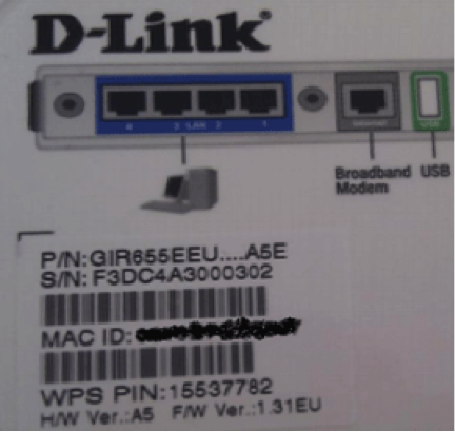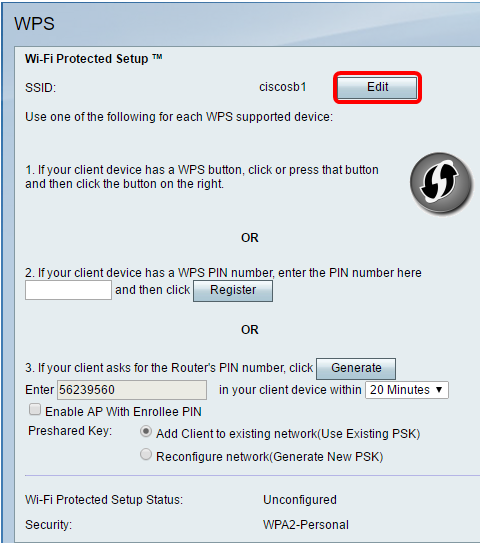


However, for environments with numerous devices, such as an office with multiple computers, then it can be beneficial to use WPS to simplify setup and reduce the amount of time spent connecting. If a user only has a few devices that need connection to the network, then it may not be necessary to have WPS enabled. WPS stands for Wi-Fi Protected Setup, and is a networking standard designed to make it easier to connect devices to a wireless network. The answer to this depends on the user’s individual needs. WPS is especially useful for Wi-Fi enabled devices that may not have a user interface for entering the required information. This is an easier and - depending on the security settings - more secure way to connect to a wireless network than manually entering the network’s name and password. With WPS, users can press the WPS button on their router and then the WPS button on a device such as a laptop or smartphone to establish a secure connection. It is available on many routers, including ASUS models. WPS (Wi-Fi Protected Setup) is a standard for easily setting up a wireless network and connecting various devices to it. WPS can help you easily add more devices to your home network in just a few short steps. WPS works on both WPA and WPA2 wireless networking standards, providing you with secure network access. The wireless device can then connect to your home network with a single click or push of a button – depending on the device you are trying to connect. When you press the WPS button, your router/access points sends out a signal which can be detected by a wireless device that is within range. Pressing the WPS (Wi-Fi Protected Setup) button on your router enables you to easily connect wireless devices to your home network without entering long passwords. What happens when I press the WPS button on my router? Within a few minutes, the device should be successfully connected to your router. Press the button and hold until it flashes and the light on the router flashes. This is usually either a physical button or an option within your network/wireless settings. Now, on the device you are attempting to connect, locate the corresponding Wi-Fi/WPS setup button. Once you have located the button, press it and hold until the WPS light flashes on the router. The button will typically be labeled with ‘WPS’ or the symbol for WPS. Now, locate the WPS button on the router – this is usually found on the back or side of the router.

To use the WPS button, first ensure that both the router and any device you are connecting to it are powered on. Using the WPS (Wi-Fi Protected Setup) button on your router is an easy way to quickly connect a device without having to manually enter your network/password information. The network name should show the word “WPS” in the name, indicating that WPS is enabled.Īnd that’s it – WPS should now be enabled on your Asus router. To test if WPS is enabled, open the wireless utility on a laptop computer and search for the wireless network. Click the checkbox next to the “Enable WPS” option and then click on the “Save” button at the bottom of the page.ĥ. Click on the “Wireless” tab and then click on the “Multiple SSID” option.Ĥ. Log in, if necessary, and click on the “Advanced Settings” link at the bottom of the page.ģ. This will open the Asus router’s settings page.Ģ. Open a web browser and type in “192.168.1.1” in the address bar. Enabling WPS on an Asus router is a simple process.


 0 kommentar(er)
0 kommentar(er)
